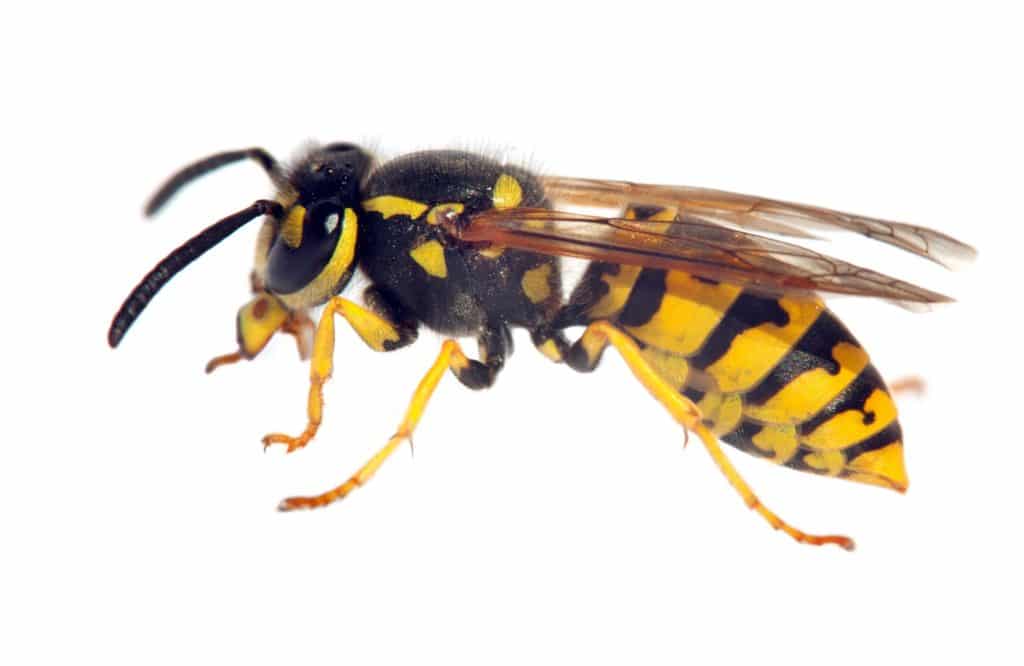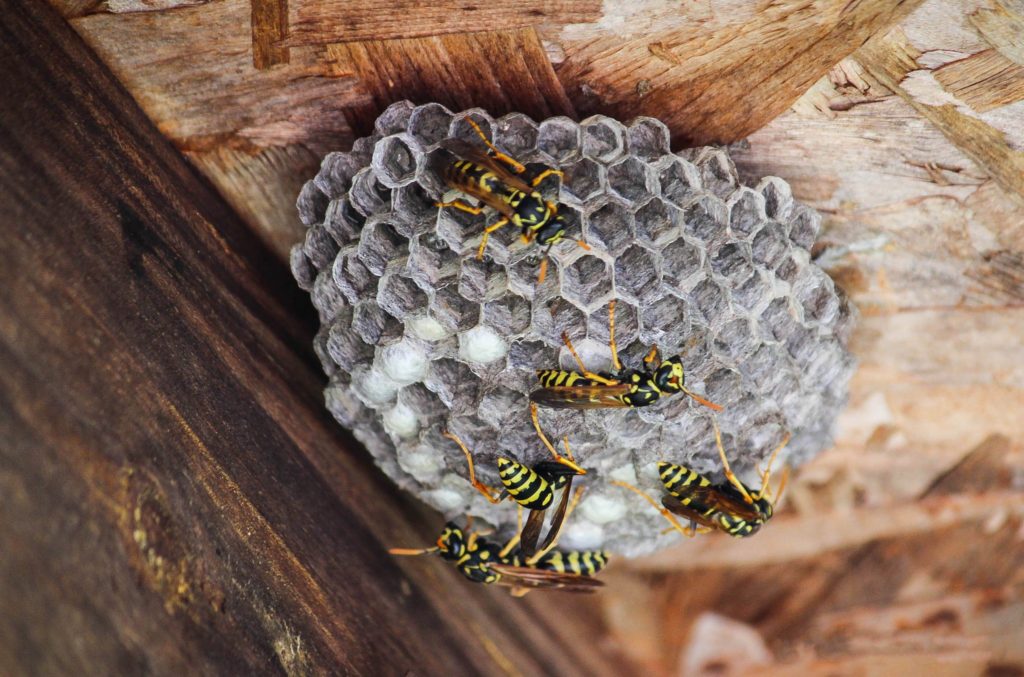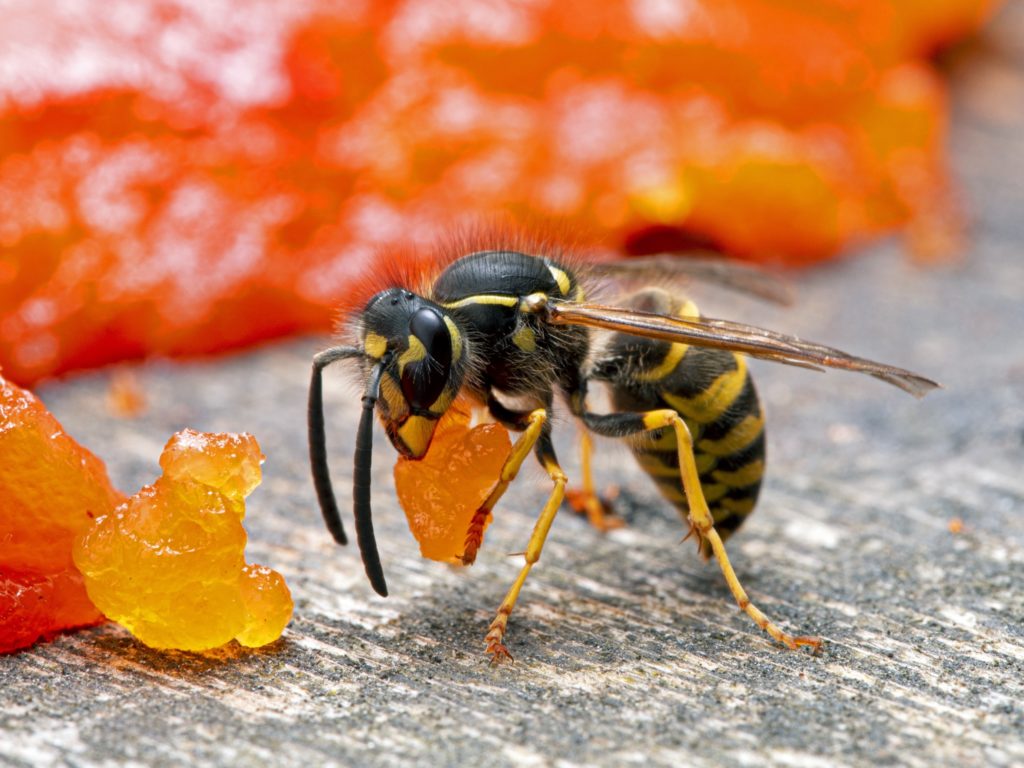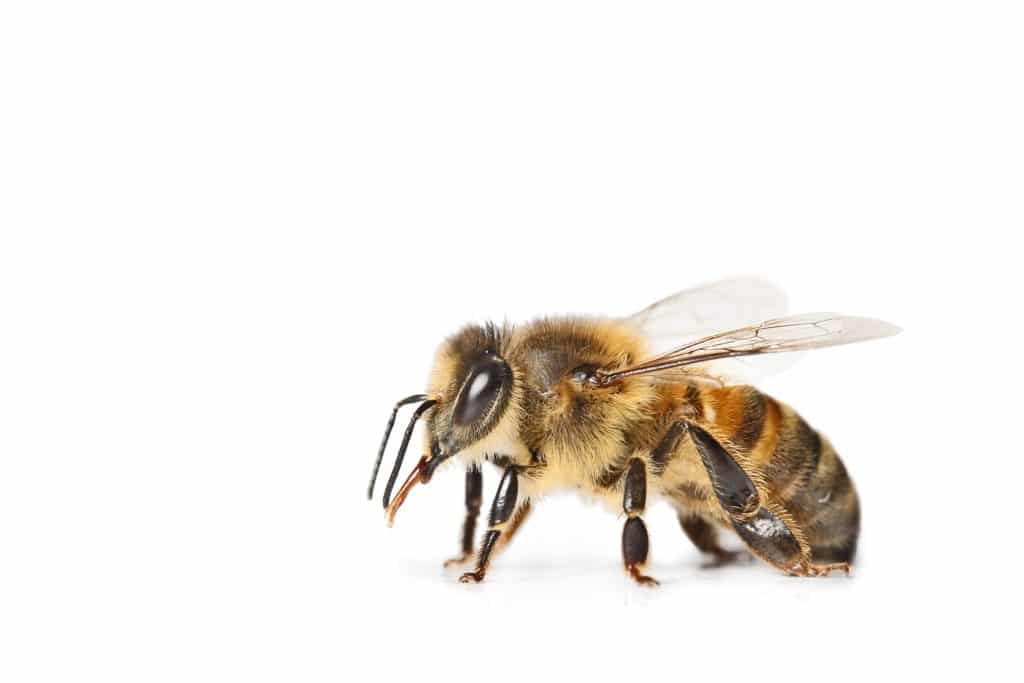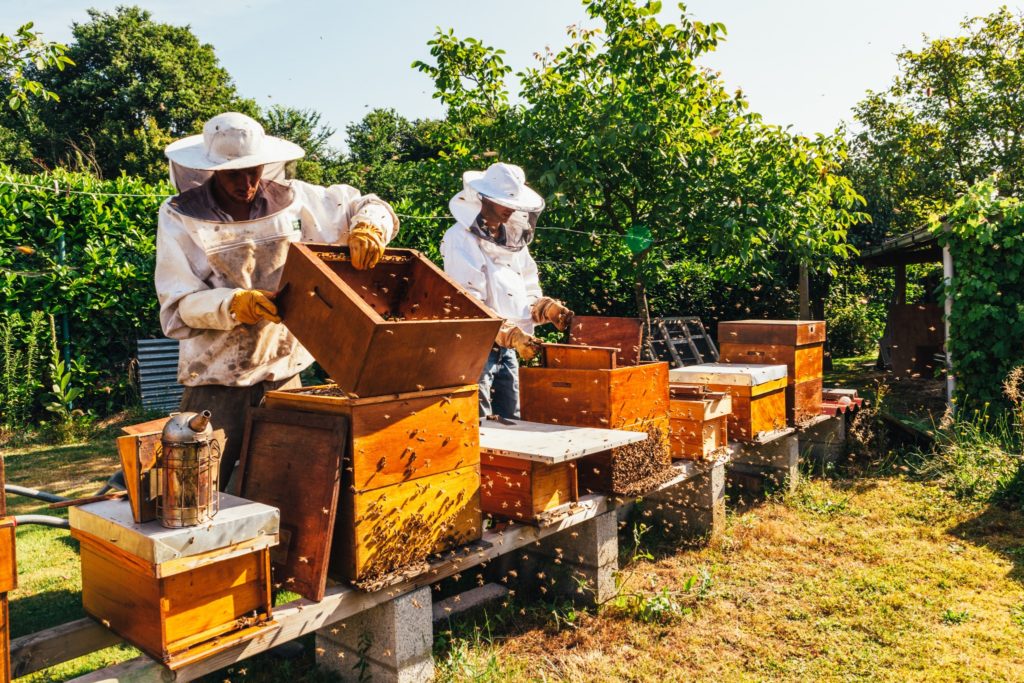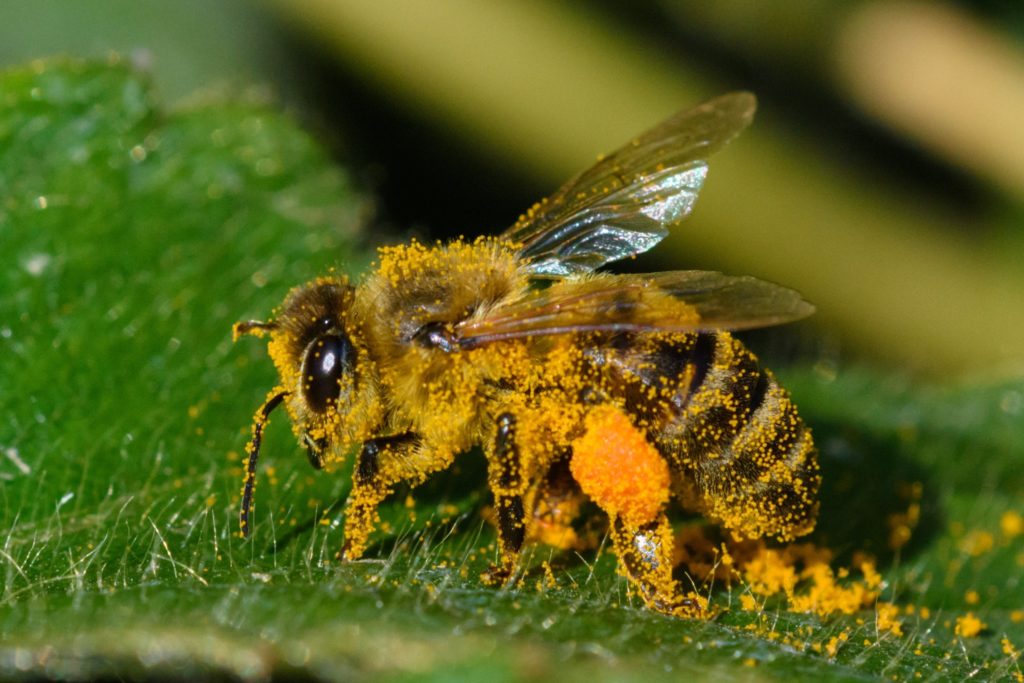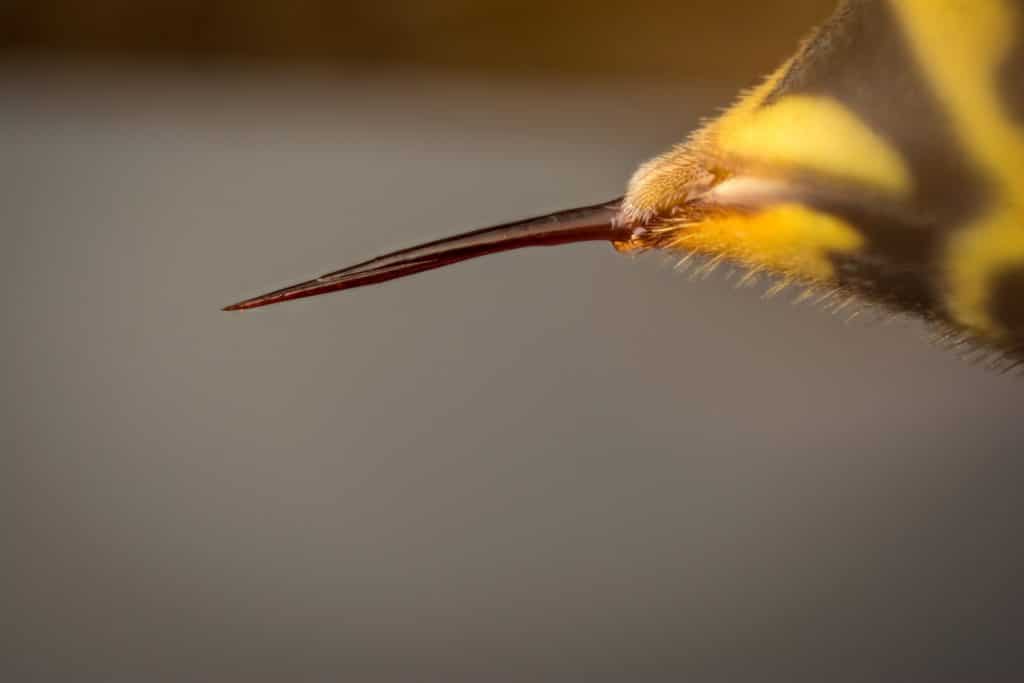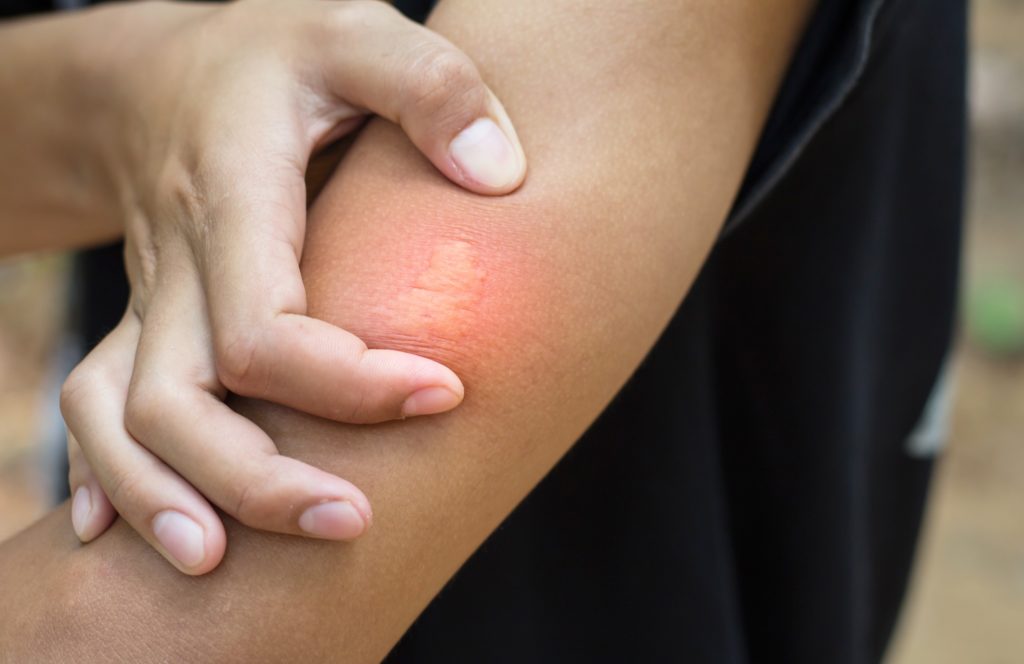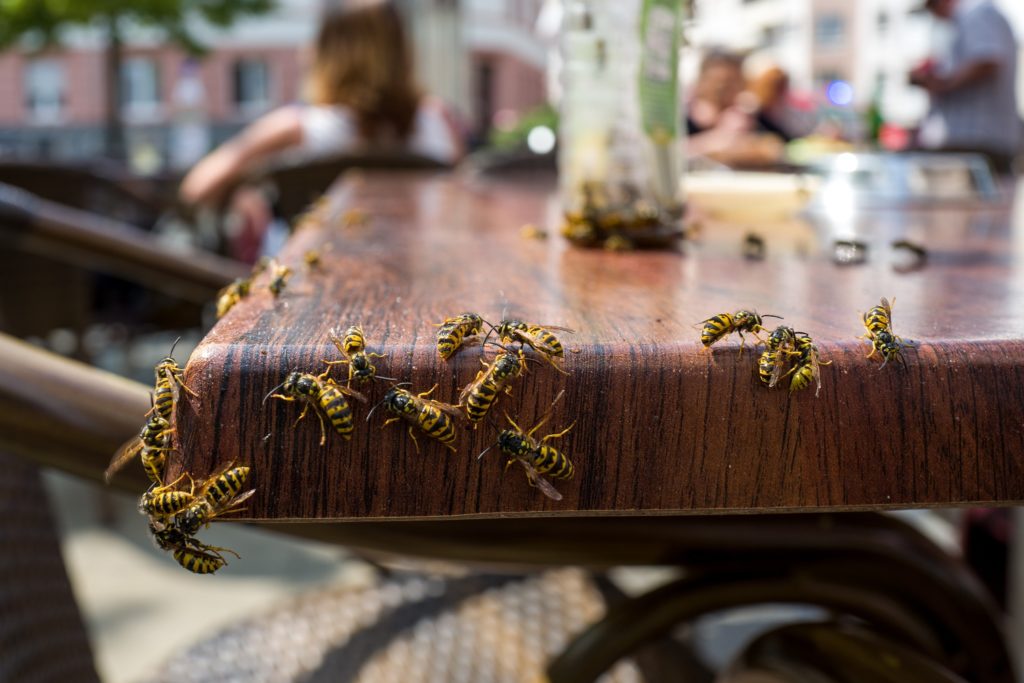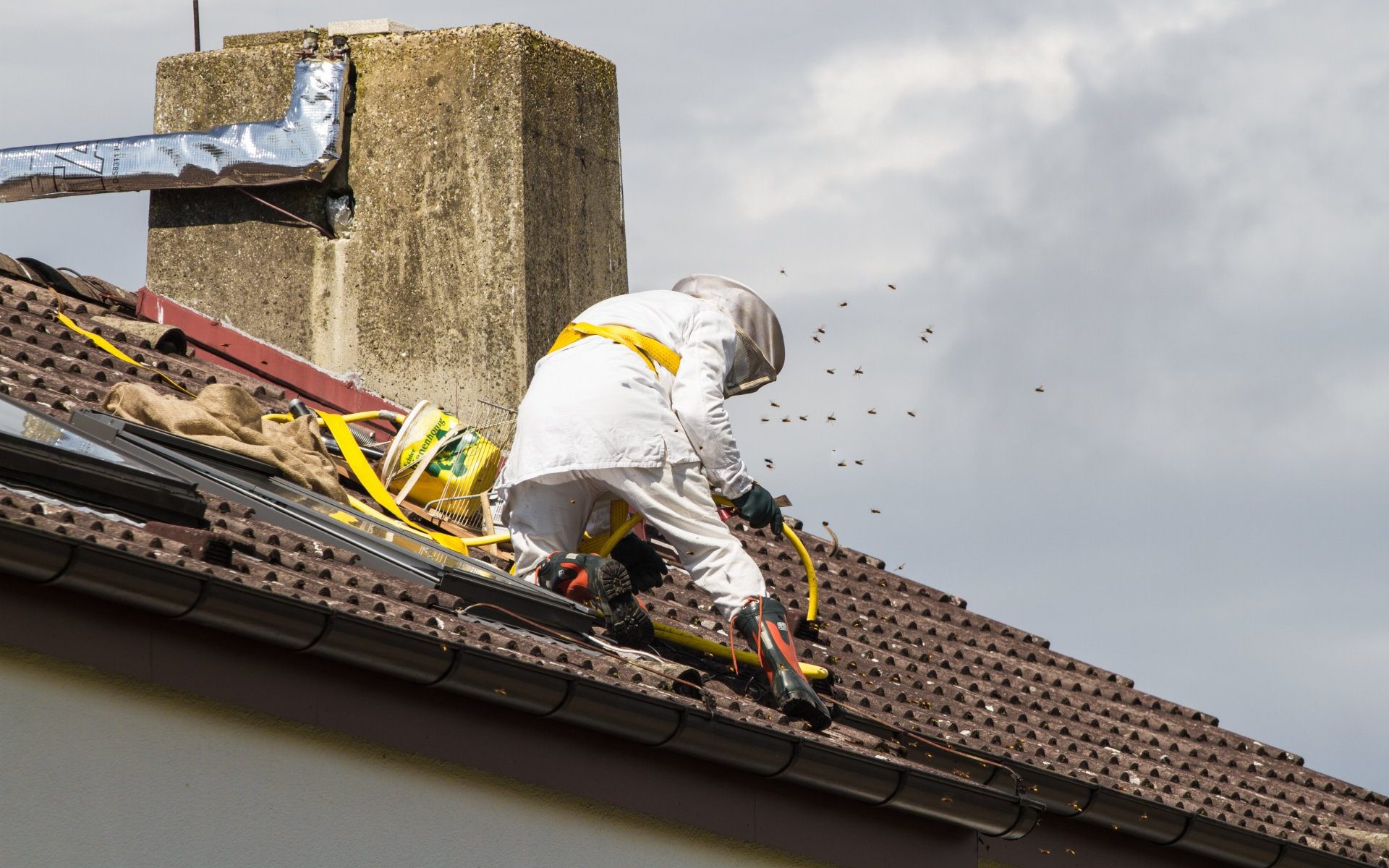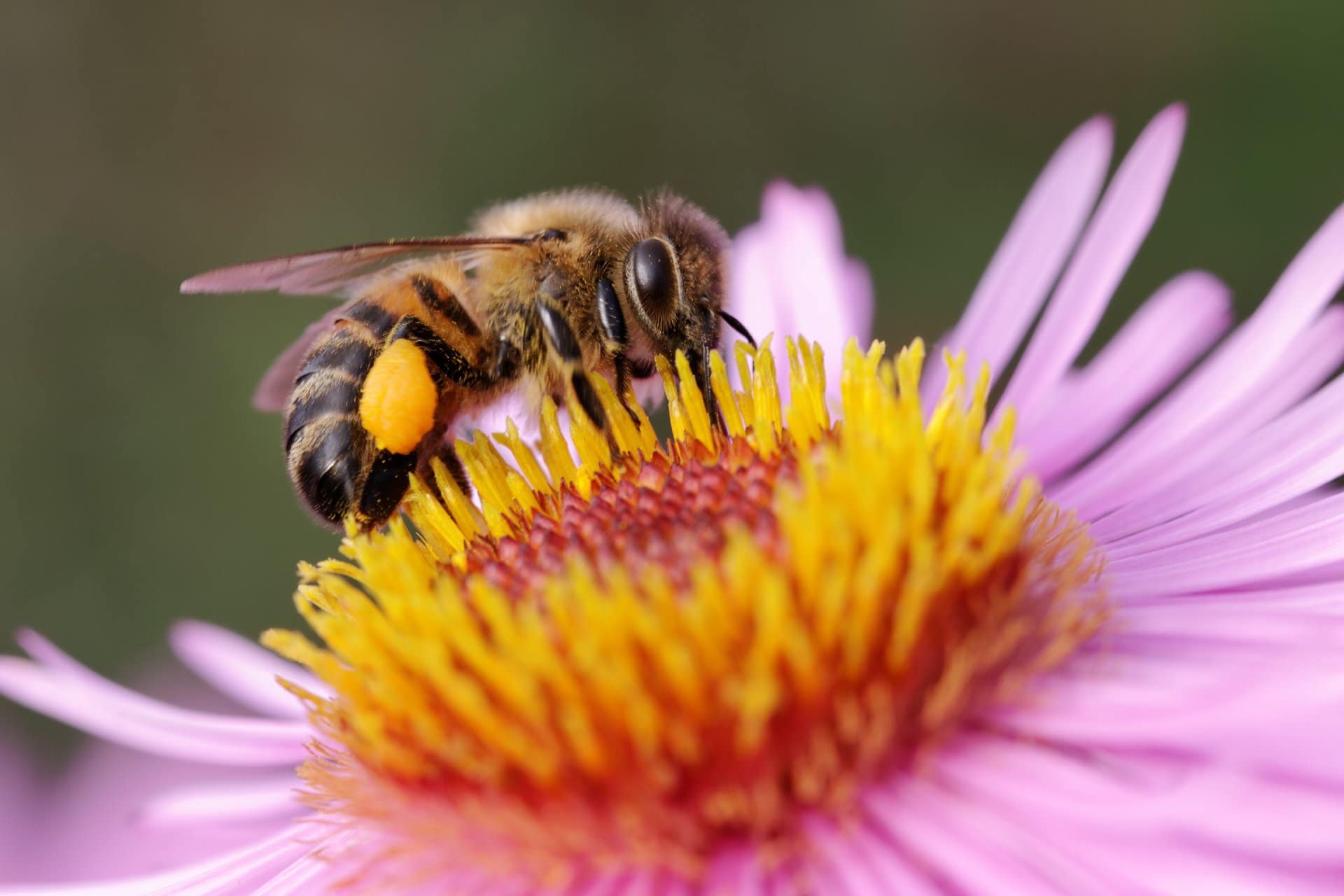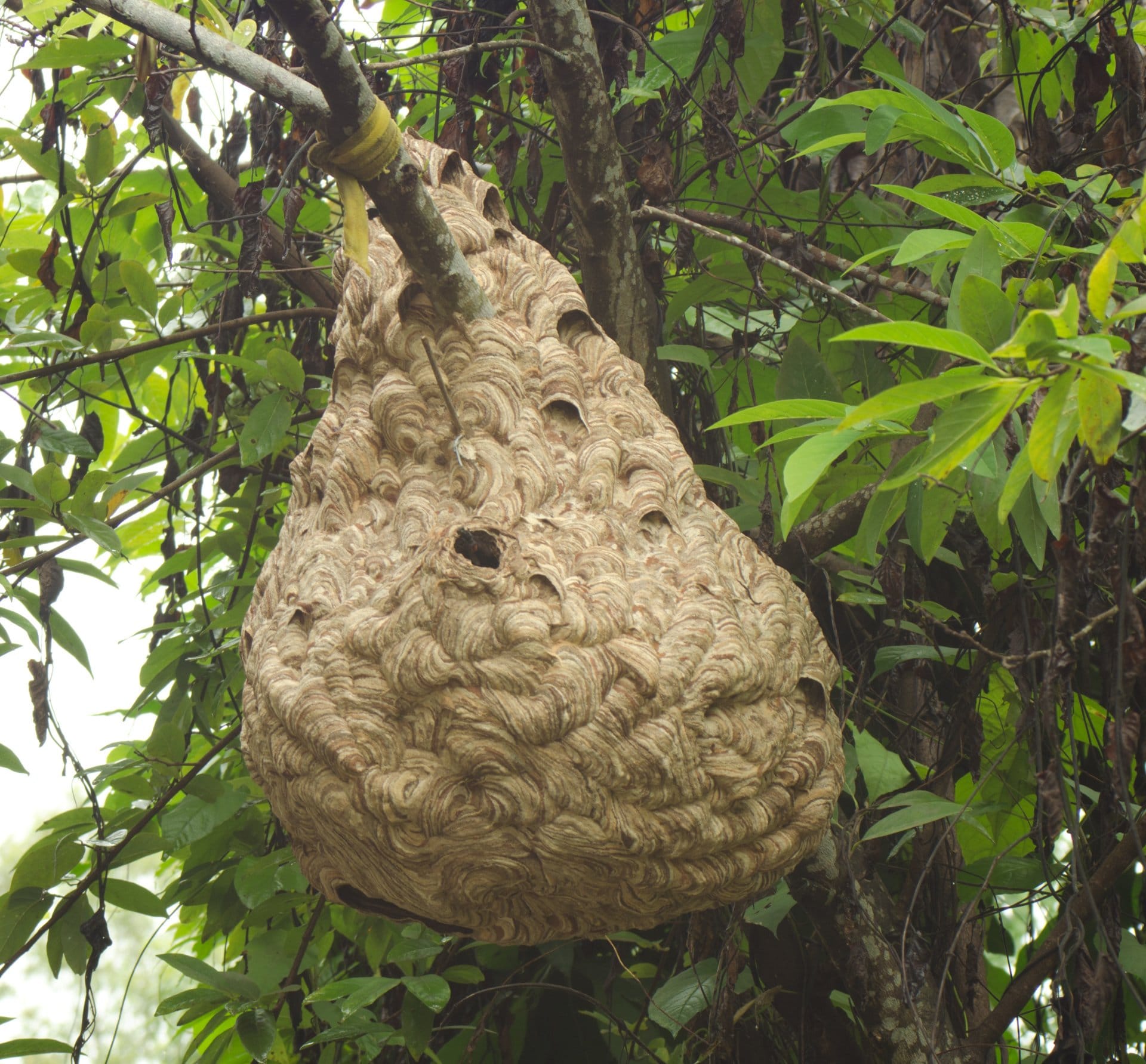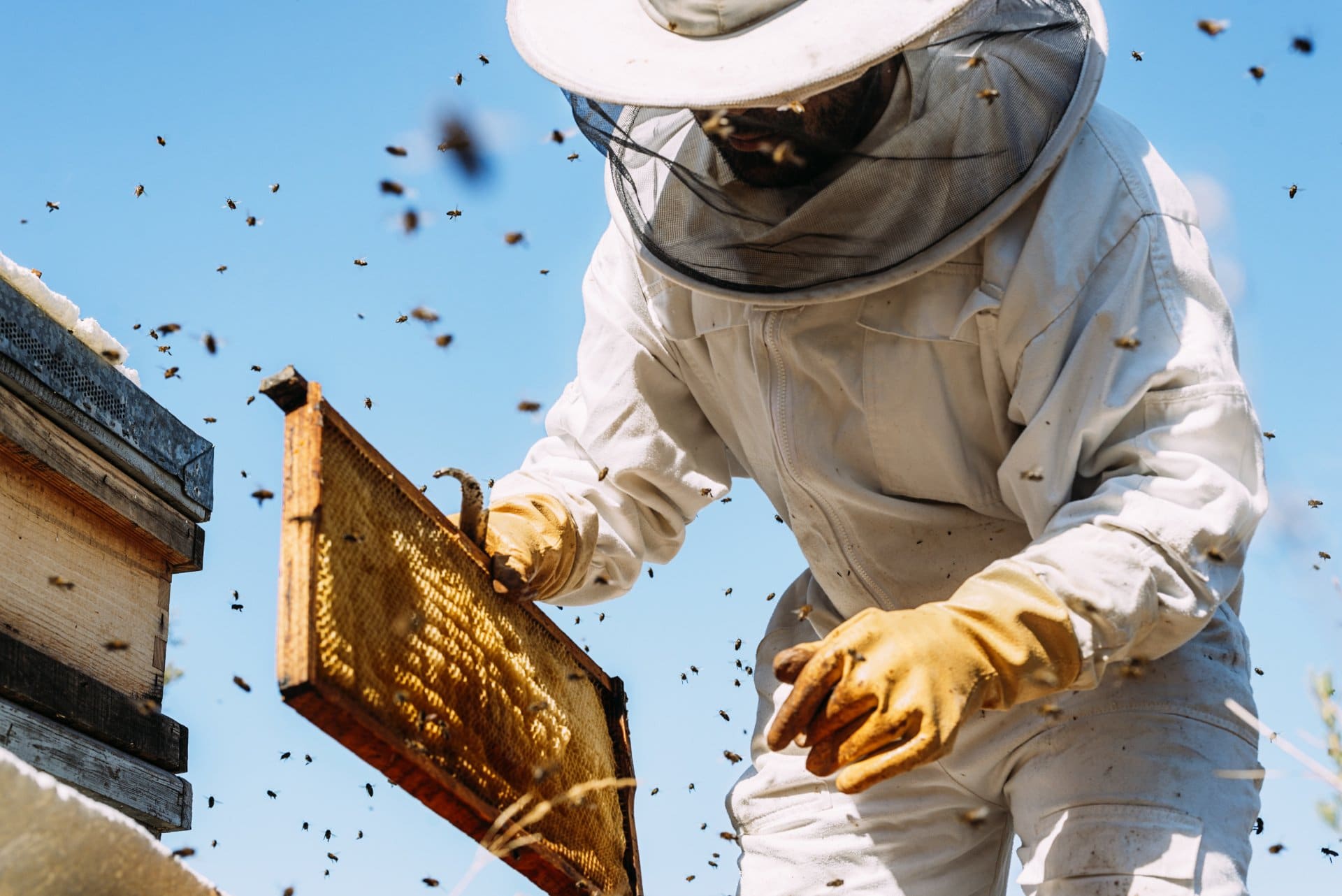
There is nothing sweeter than family get-togethers, grill-outs, and the warm Minnesota sun on your skin. For a brief moment, it seems as though nothing can get in your way of a perfect summer. That is until the flock of bugs emerge, and worst of all, the dreaded yellow jackets.
Insects can dramatically hinder your happiness this season. If you find an infestation in your yard, here’s how to get rid of yellow jackets safely.
Environmental Pest Management offers pest control services in the Metro Twin Cities area and surrounding suburbs. We use safe products for both the environment and your family. Make your summer the best yet with a yellow jacket-free yard and home when you give us a call.
How to Identify a Yellow Jacket
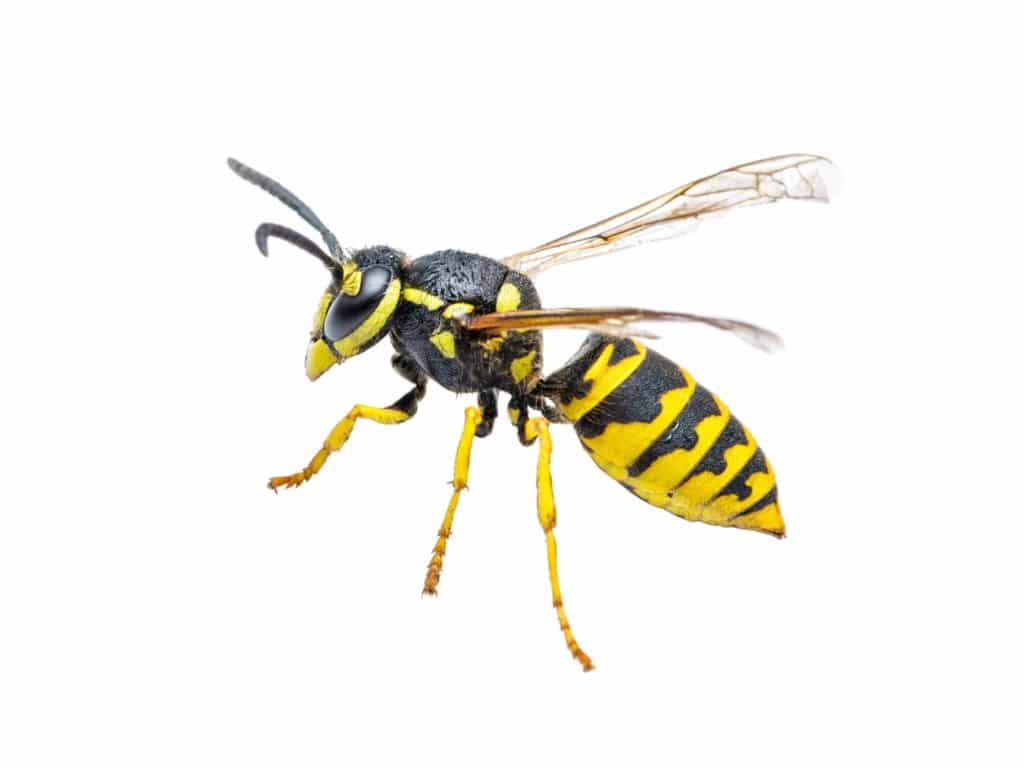
To the untrained eye, a honey bee and a yellow jacket might be the same. While they look similar, their behavior can be very different, with yellow jackets being more aggressive. There are several things to look for to spot a yellow jacket.
The first thing to keep in mind is that a yellow jacket is less furry than a honey bee and a bumblebee. The fur on a bee helps it pollinate plants. Yellowjackets rely on hunting insects and even seeking out human food instead of feeding from plants.
The predatory nature of yellow jackets also leads them to travel in larger groups than other types of stinging insects. If you see a swarm, you are much more likely to be looking at a yellow jacket. You are more likely to see them swarm in the summer season when their preferred insect meals become less plentiful.
The final and most obvious way to tell is by the black and yellow bodies that motivated the name. It’s true that bees also have striping, but it is more visible on a yellow jacket due to having less fur. You can notice the striping more when looking at the head of the insect.
Yellowjackets don’t exclusively nest underground but are the most likely to do so. They are most likely to occupy a hole dug by a rodent. If you see many insects flying out of a hole in the summer, you are likely observing a yellow jacket nest.
Yellow Jacket Nests
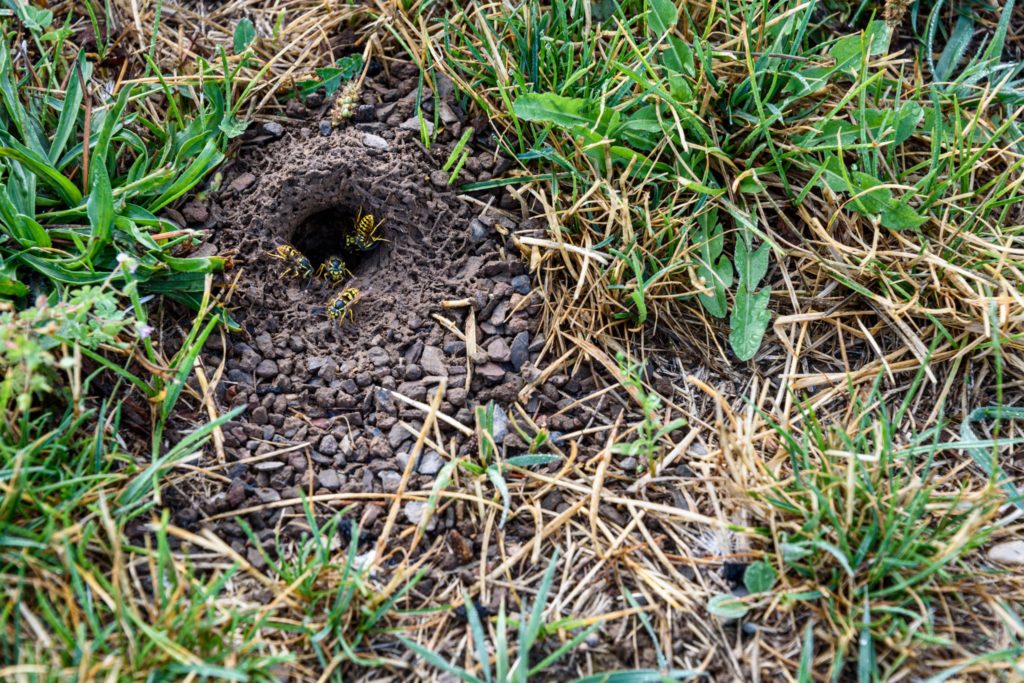
The unfortunate thing about yellow jackets is that they can pretty much be found anywhere humans are located. This is because they prefer eating many of the same foods that we do.
Yellow Jackets fly in a straight line, known as a beeline, useful if you try to locate a potential nest location. Look for an area in your yard that is hit directly by the sun, and see if you can notice any insects flying by repeatedly. If you see this, you are likely to be close to a hive.
It is a common misconception that bees and yellow jackets only create hives above ground. This is, unfortunately, not the case. Check rodent holes for nests, and if they are empty, make sure to fill these holes. Be careful and watch your step in case there are other nests nearby.
You are most likely to notice a yellow jacket nest in late summer and early fall. The rest of the year, the low overnight temperatures are still too low for active bugs.
How to Get Rid of Yellow Jackets Safely
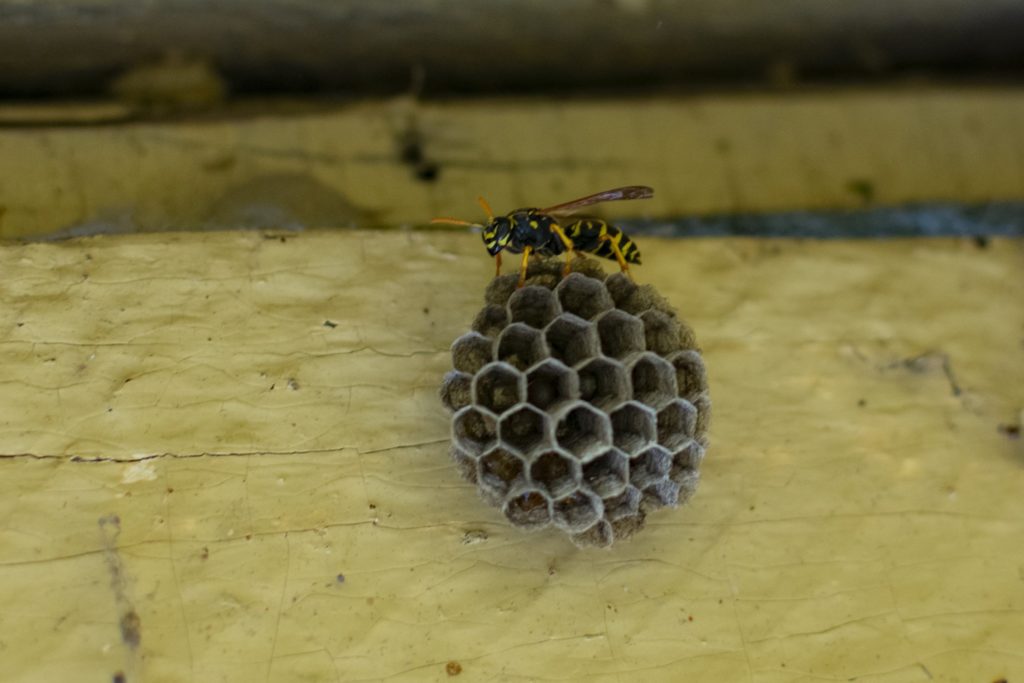
If you feel like you have a Yellow Jacket nest nearby, locate and mark the yellow jacket nests in broad daylight.
It is not recommended for you to try to get rid of Yellow Jackets yourself. Yellow Jackets are highly aggressive, and even seasoned technicians get stung when trying to treat this pest.
If a Yellow Jacket gets squashed, it releases a pheromone that attracts and incites others of its species. Because of this, people often find themselves getting stung multiple times.
For these reasons, it’s recommended you get a professional to get rid of the nest. Then, you can take preventative measures to deter them from coming back.
How to Prevent Yellow Jackets

When gathering outside, there are ways to prevent those pesky yellow jackets from joining you in the first place. Inspect your yard frequently to stay on top of everything.
If you have pets or problems with other kinds of pests, you may have a yard full of several holes. Work on filling the holes with dirt to prevent yellow jackets from creating underground nesting hives.
Scraps of cardboard and old wood should be discarded or stored securely. Yellowjackets will frequently build nests out of this kind of material.
Outside trash containers should be regularly cleaned and sprayed with insecticides before filling the bin. Double-check that the lids fit tightly, so there is no room for the bugs to sneak in. Don’t carelessly dispose of food, be sure to put food in air-tight bags first. Keeping the outside of the bins clean will also help prevent them from looking around this area for a food source.
If you have a garden or fruit trees in your yard, keep an eye for falling produce. Rotten fruit lying around is a big attractor for yellow jackets, and clearing them out of the way will go a long way.
Who Can I Call if I Need Assistance to Get Rid of Yellow Jackets?
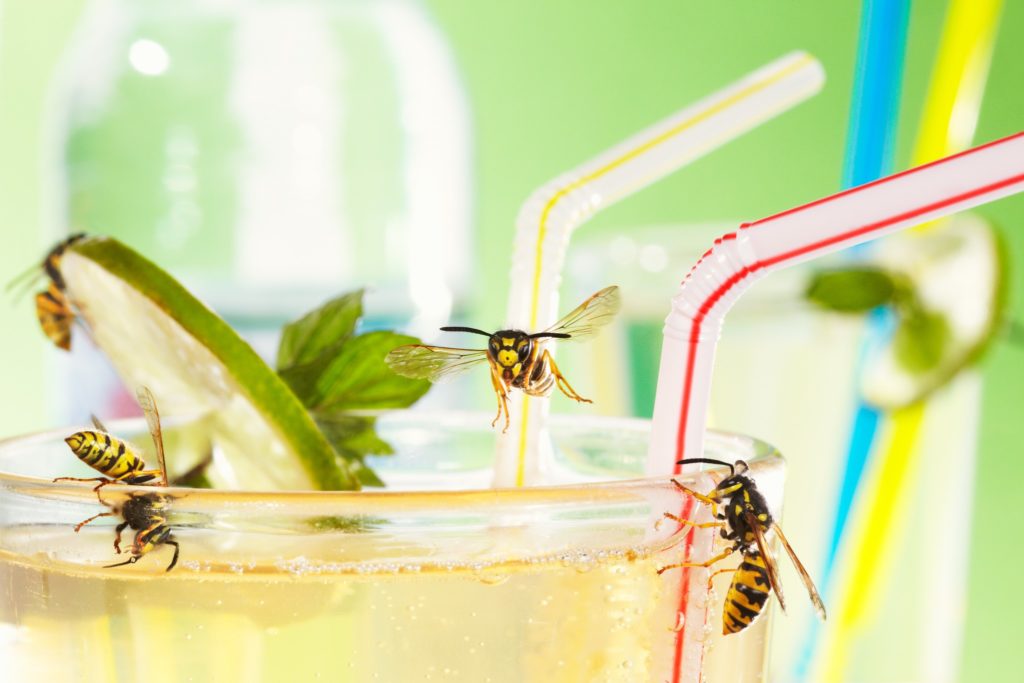
Environmental Pest Management offers pest control services in the Metro Twin Cities area and surrounding suburbs. We use safe products for both the environment and your family. Contact us today for a free quote, and spend the rest of your summer relaxing.


